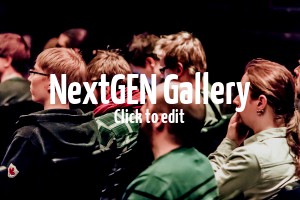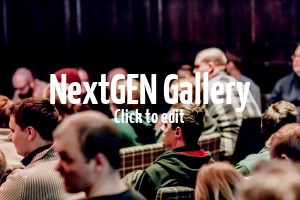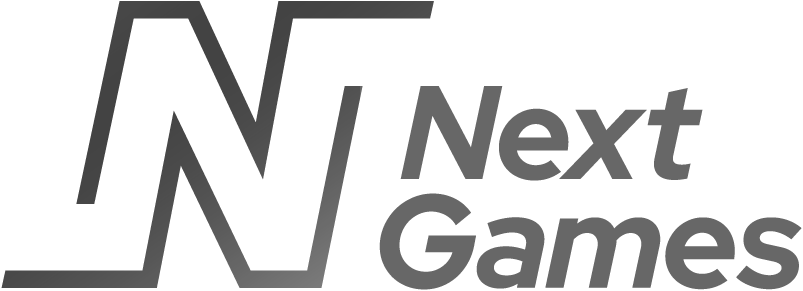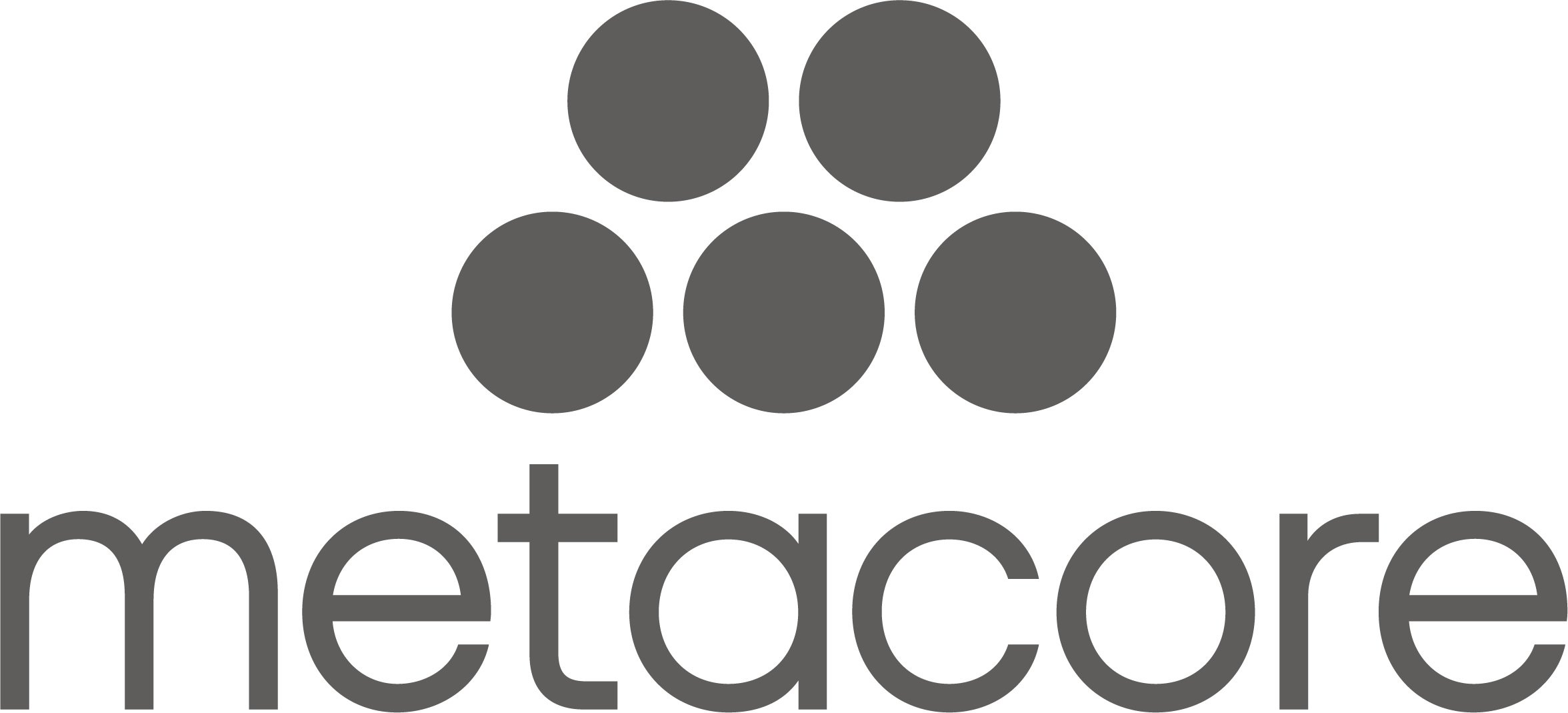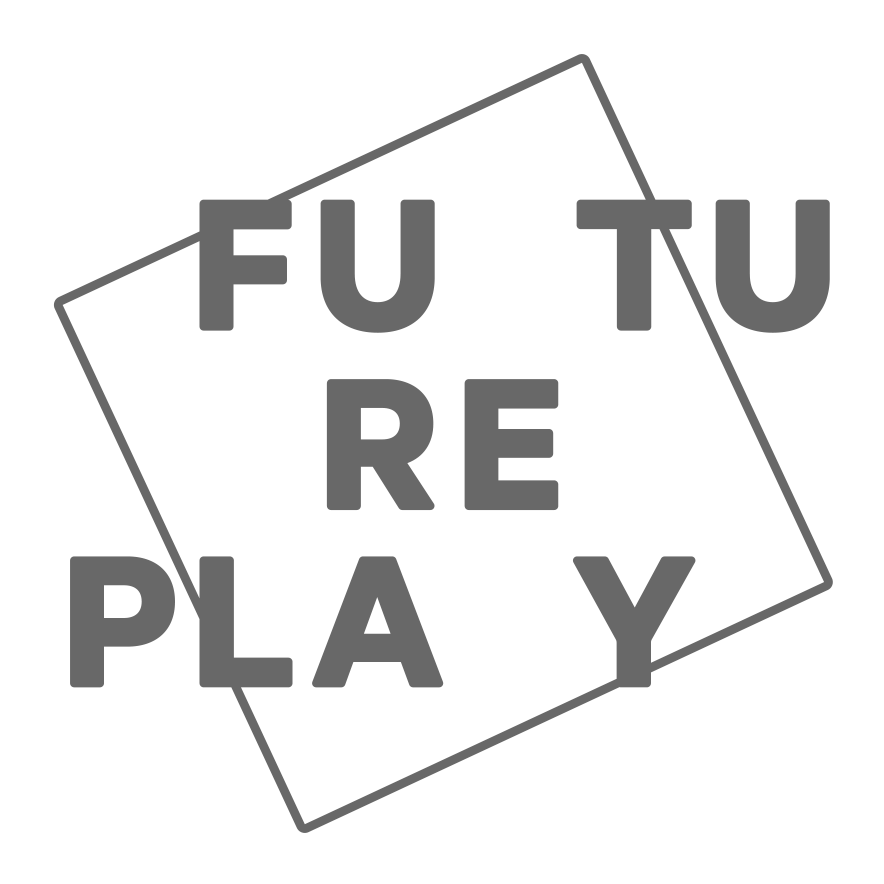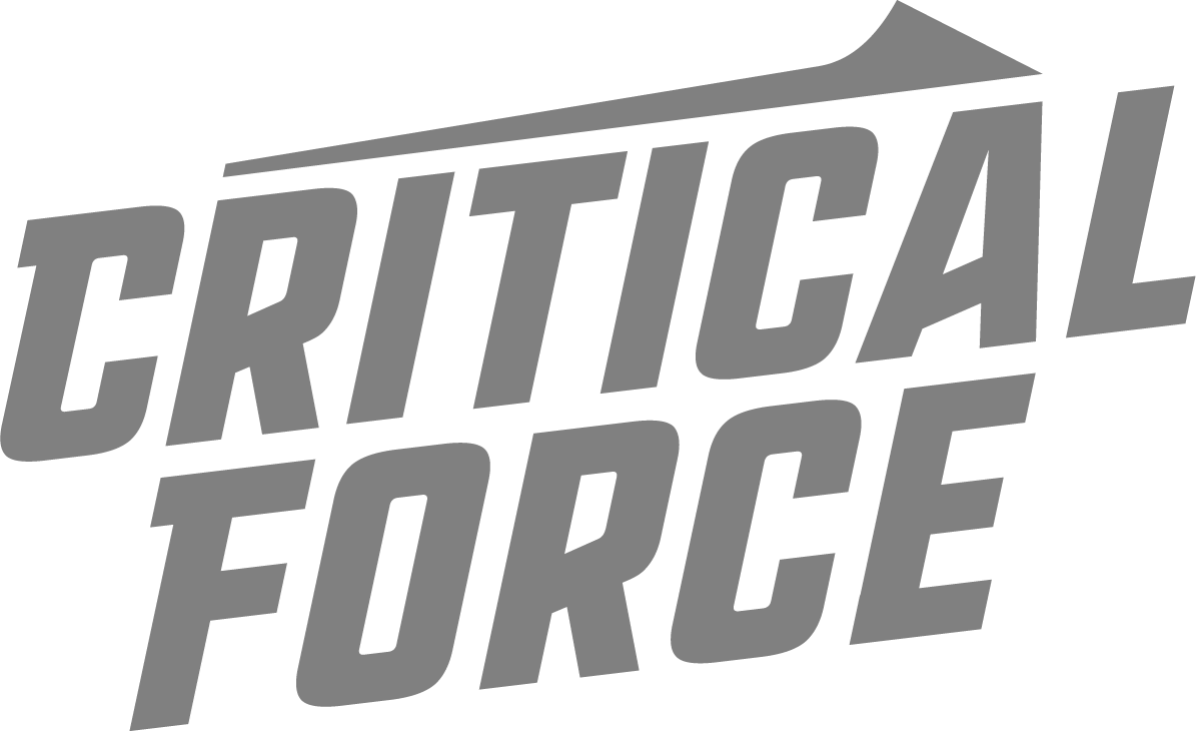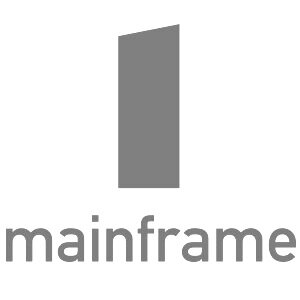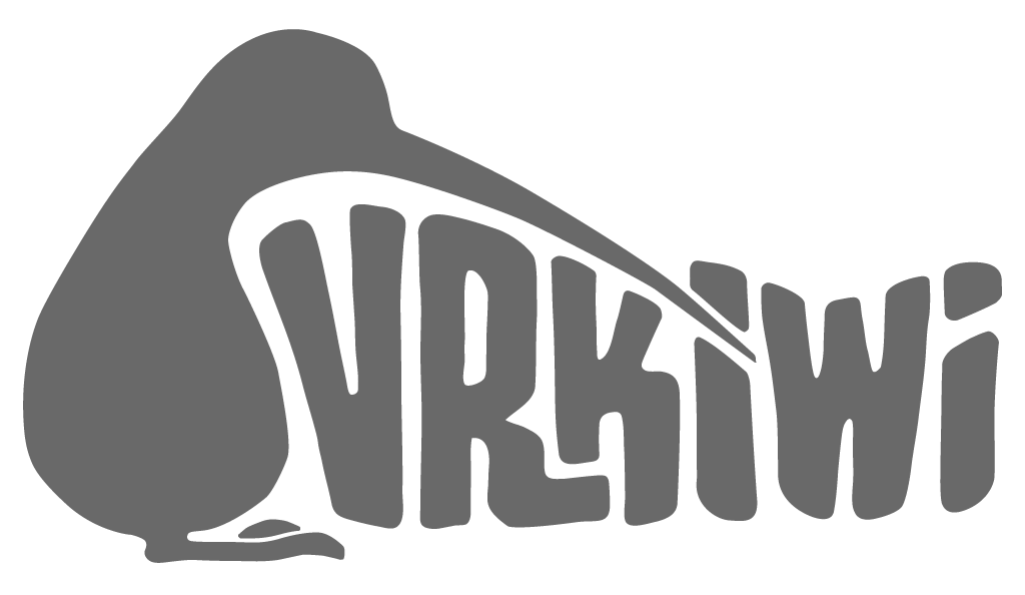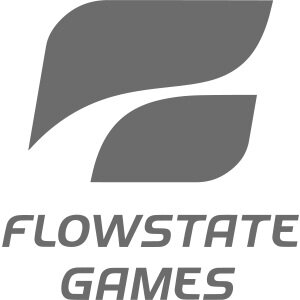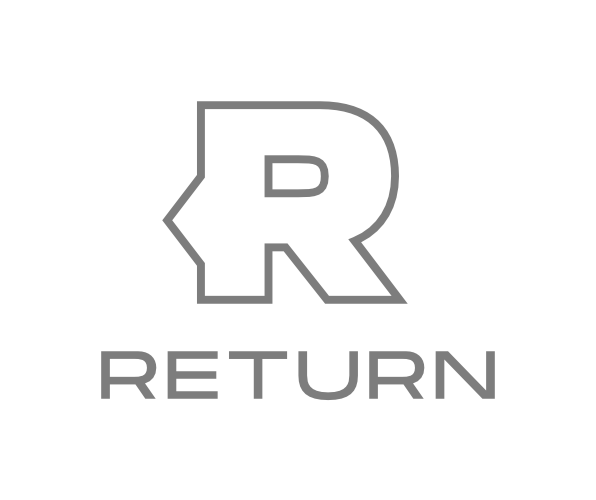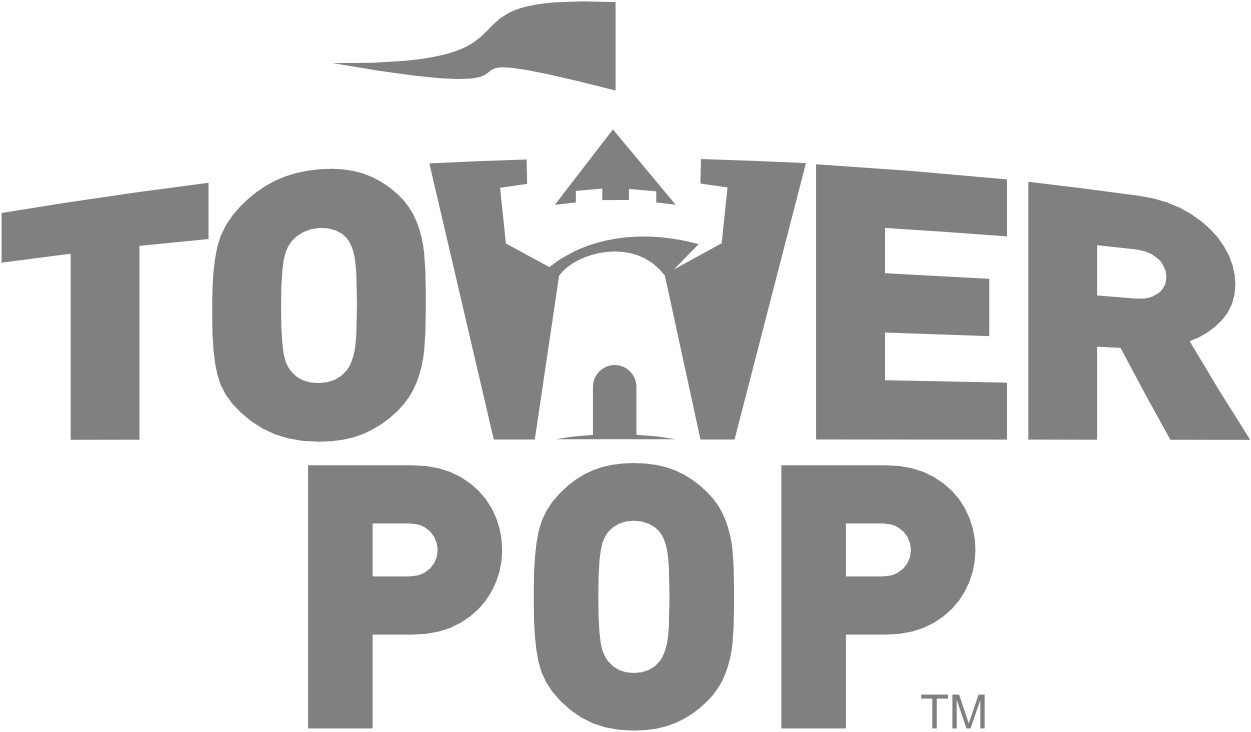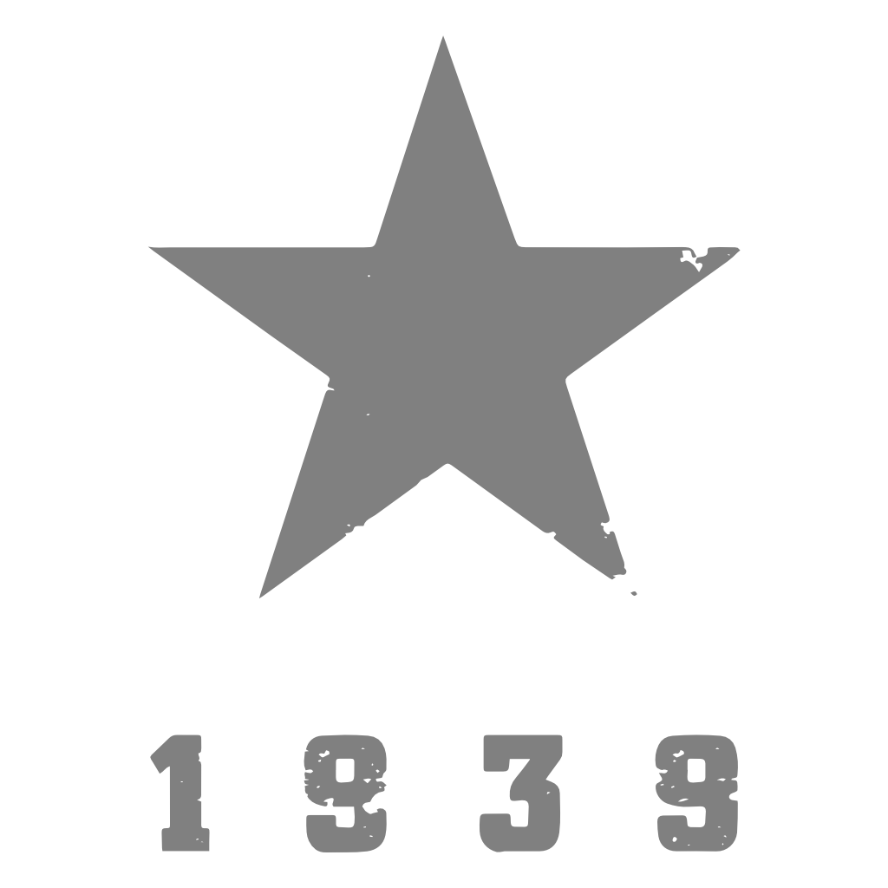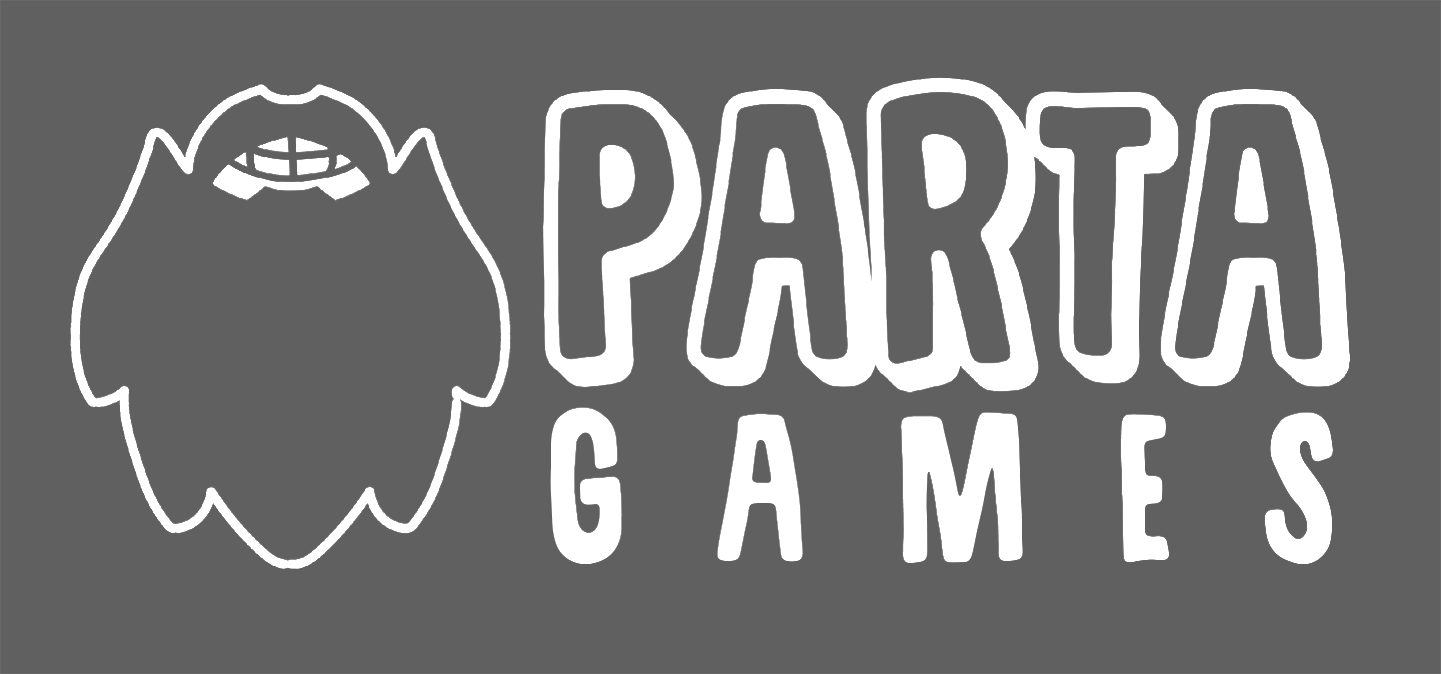IGDA Finland March Gathering wth Reaktor Ventures: The Aftermath
/Hello hello! Time to recap the Helsinki March gathering with Reaktor Ventures. This time there was no seminar so we got started a little later. The evening was more of a hands-on experience with a number of exciting Virtual Reality demos available. We also cheered and toasted Vesa Raudasoja for his success in the Board of Directors election! Vesa is the first Finn and only second European member of the Board, and his goal is to bring the “international” back to IGDA. To illustrate some of his ideas, Mr. Raudasoja described a collaboration between sites in different countries during the 2016 Global Game Jam. During the jam, the different locations posted progress updates, made video calls and cheered each other on over the weekend. What’s up for you in the next three years, Mr. Raudasoja? “I want to connect the dots in a large scale. The time is ripe for the European and International game developing communities to start working together more closely, in a natural way. I think all it needs is a little push in the right direction, and I wish to be there to put things in motion.” “Over the ten years I’ve been involved in building this community, I’ve made a lot of friends and connections, but it doesn’t end here. We are going to do this as a community, I couldn’t have made this alone.” Mr. Raudasoja also hopes that everyone would would offer him any insights or ideas about how to improve the international community and collaboration between the game developers of the world. You may contact him at vesa.raudasoja@igda.fi.
Reaktor Ventures
The evening was sponsored by Reaktor Ventures, the Finnish seed stage investor. Mr. Ville Vesterinen, EIR of the company, talked to us about how Reaktor Ventures works.
“We like to be the first investor in the company, to add the most value. We invest from tens of thousands up to one million euro, and also offer the services of Reaktor’s 350 designers, coders & growth engineers to our portfolio companies free of charge. We have a strong interest in the Finnish game industry and want to work hard to make it succeed just as we want to work hard for the Finnish startup space in general.“
“So far at Reaktor Ventures we have invested in two very promising companies in the VR space. We have invested in both VR content as well as VR enabling technology, and intend to continue doing so in the future! Games are the obvious choice but VR has promise in many different sectors and we’d love to see companies across the board.”
Sólfar studios is an Icelandic gaming studio working on two titles: Everest VR experience (more on that later) and a game called Godling. Univrses is an early stage Swedish company developing the hottest central technology for all VR hardware - positional tracking.
What do you feel the future is going to be for VR technologies, Mr. Vesterinen?
“We believe that VR, and in due course AR will be among the central new growth markets of the coming decade and beyond. We have exceptionally deep understanding and competence in VR related technologies here in the Nordic countries, and we believe that wider Scandinavia, and especially Finland, is going to be home to many world leading VR and AR companies.”
Everest
Sólfar and Reaktor Ventures had erected a black box in the middle of the venue. Inside awaited a thrilling virtual reality experience on Mt. Everest, using the new HTC Vive system. Created from over 300,000 hi-res images, the environment also in fact allows you to physically move around, thanks to the Vive’s motion tracking tech. Cleverly using virtual step marks on the floor and a barely visible grid inside the VR world to mark the walls of the room, you can move around fairly safely inside the virtual experience without the fear of walking into a wall.
An exhilarating additional experience came from the handheld controllers. The handle-shaped controllers had great and very responsive grip, and the feedback felt surprisingly realistic - as if you were really dragging a gloved hand along the rope handles of a bridge! Also, being able to see your hands in virtual reality really adds to the immersion.
All in all, despite the shortness of the actual demo, the experience was very engaging, and doing what every responsible person should do to overcome their fear of heights – step over the edge into a bottomless icy gully – was surprisingly terrifying, in spite of knowing there was solid floor under my feet!
Finnish Virtual Reality Association, FIVR, had a successful day hosting the grand opening of the Finnish VR Hub at YLE Iso Paja in Pasila earlier on Tuesday. The hub offers space and hardware for devs working on VR and AR projects, and contains currently powerful PCs, HTC Vive and Oculus Rifts. FIVR aims to bring together Finns interested in VR development. They currently have some 400 members, professionals and hobbyists alike, and joining is free of charge.
Their big day was rounded up by some very nice demos by FIVR members. The demos included a fun platformer called Lollihop, a VR comic episode game demo called Since They Left (Riidenpolusta Lähtien), a Samsung Gear VR space flight demo and another Vive demo, an exciting VR space painter called Tiltbrush. We got to try a couple of these demos, but due to very long queues, we simply couldn’t get through to all of them. Joonas Häll tried Lollihop, a game where you control an adorable platypus in a platformer world: “The game was really cool - you can control the camera through the headset, so by leaning forwards you can see things up very close, or take a peek behind a wall and see where you’re going to jump to. Very enjoyable!” I had a peek at Since They Left. It is going to be a five-episode game, combining features of comics, visual novel and adventure games. According to the game’s developer and main artist Kriina Rytkönen, the demo was an “episode 0”, proof of concept and a prequel to the main story. The story itself is going to feature the demo’s youths ten years later, meeting up in a forest with some supernatural elements. Sounds like fun! Maxine was again full to bursting with people having fun, trying out the demos and enjoying themselves. Until next time!
Photos by: Janne Karvinen





